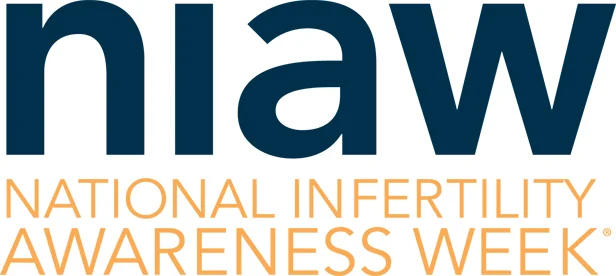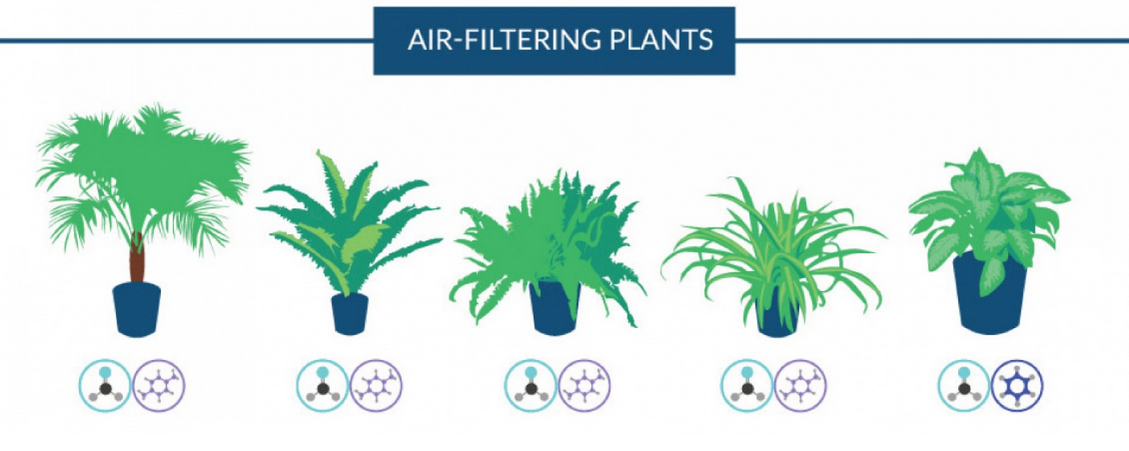Yes. It's time for summer. I know, it's still spring, and I am basking in all of it's glory, but yesterday I went to a baseball game with my kiddo and got my first burn of the season. It's not all that bad- I put some fresh aloe vera on it and it pretty much cleared up over night, but it made me realize that the sunshine will soon be here to stay!
There is a lot of controversy about sunscreen. On one hand, burning is definitely not good for us. It leads to an increased risk of melanoma, squamous cell carcinoma and basal cell carcinoma (to name the major ones); On the other hand, many sunscreens contain known endocrine disruptors and chemicals that are harmful to the body.
If you have fair skin, you need to protect it. That is for sure. Burning often is not a healthy option. If you have darker skin, the chance of you getting skin cancer is not zero, but is much smaller.
Those statistics are shown below in rates published by the CDC.
Clearly neither sunscreen or extensive tanning or burning are the best way to go, so here are some suggestions to make sunscreen down the list of burning interventions:
- Wear clothes that block the sun. You need about 20 minutes of full sun per day to get in your vitamin D, but after that, you could wear light clothes and a hat to cover yourself.
- Find a shady spot. Find a spot that is in the shade for a part of your time outside.
- Do the majority of your outdoor activities when the sun is not at it's peak. Honestly, in most countries where it is very warm and/or sunny, this is what they do. People will retire to their homes in the middle of the day when the sun is at its most powerful.
- Increase your antioxidant intake and decrease other oxidizers like unhealthy processed foods, soda, alcohol, and smoking
Alas, some people do need sunscreen sometimes, so here are some of the best ones out there with less toxicity and good protection (Taken from the Environmental Working Group Research).
You can always go to the EWG's Skin Deep website and put in the name of your current sunscreen to see how it stacks up. The higher numbers in red are more toxic, while the lower numbers in green are less toxic.
Happy Sunshine Time! Enjoy it!
My Husband, Chris and I in Bali in March 2016.












